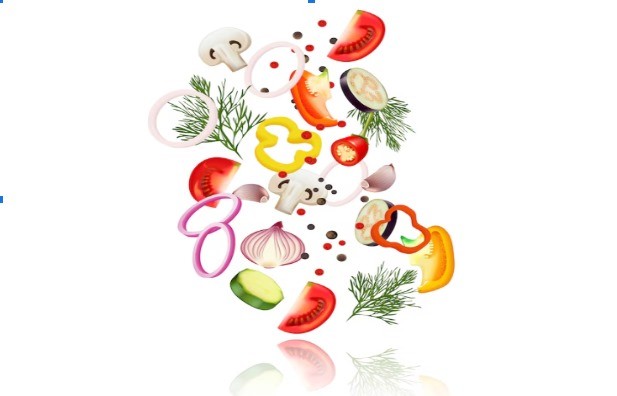The Most Important Inputs for the Creation of Food Products

The world of food product creation revolves around essential inputs and how entrepreneurs manage them to stand out in today’s crowded food industry.
No matter if you’re going to launch a new snack or a flavorful beverage, the quality and source of ingredients have the potential to make or break your product.
Let’s have a look at some key ingredients used in industrial food production, the best management tips, and famous food products in the United States, where everyone loves fantastic food.
Key Ingredients in Food Product Manufacturing
- Fruit purees – including passion fruit puree or others are significantly contributing to a diverse array of food products. They come in natural flavors and colors and offer nutritional benefits. Passion fruit puree is the most sought-after ingredient known for its tangy taste and vibrant color.
The majority of food-production brands use this puree in beverages, desserts, and sauces. Suppose you are running a beverage brand and want to add more flavor to your drinks but don’t know where to find passion fruit puree.
In that case, do some research to find out supplies offering organic and sustainably sourced purees that best meet your demands for natural ingredients.
- Sweeteners and Flavors – When we talk about sweeteners and flavors, they work best in shaping the flavor profile of products. Some of the most commonly used sweeteners are cane sugar, high fructose corn syrup, and alternative sweeteners like stevia or agave.
Both natural and organic flavors cannot only enhance the sensory experience of your food products but also elevate your customers’ dining experience.
For example, natural vanilla extract and cocoa mass are traditionally used in confectionery, while synthetic flavors are used for their economy and uniformity.
- Preservatives and Stabilizers – Other additives used in foods are preservatives and stabilizers, as they are essential in extending the shelf life and maintaining the texture of the product. These additives also assist in extending the shelf-life of the product and in determining texture and appearance.
Some of the preservatives include citric acid, sodium benzoate, pectin, and gelatin, which is used to stabilize the product. Such ingredients should be used tactfully in order to achieve maximum safety levels rather than having the consumers’ health importance bogged down.
- Texturizers and Emulsifiers – It is essential to utilize texturizers and emulsifiers effectively, as these factors give a certain mouthfeel and texture to the product. Thickeners and stabilizers include xanthan gum, guar gum, and emulsifiers; among others, lecithin helps the oil and water phases to mix well. This is especially crucial in products such as sauces, dressings, and dairy substitutes.
How to Manage Ingredients in the Food Production Process?
Sourcing and Quality Control – Build long-term business relationships with trustworthy suppliers of superior and preferably organic products. Perform routine quality checks to ensure all products and ingredients used are of the required quality and within required standards.
Inventory Management – Install efficient management of ingredient inventories to ensure that they are well stocked while also minimizing wastage. This also aids in the sustainable provision of production capacity and reasonable prices.
Cost Management – Check on the cost of the various ingredients used and try to look for ways to spend less, say, by buying in large quantities. Further, it can be effective in gaining better rates and searching for other possible suppliers in the market.
Compliance and Regulation – Make sure that all ingredients satisfy legal requirements at both regional and country levels. This entails food presentation, information on the content of allergens, and compliance with health and safety regulations.
Most-Liked Food Products Offered in the United States
The U.S. food market is saturated and contains some of the most popular products that adjust to modern tendencies. Popular categories include:
Snacks – The ever-popular snacks are chips, granola bars, and popcorn, given the fact that snack products are becoming healthier and naturally sourced and offering consumers more nutritional benefits.
Beverages – Soft drinks, flavored water, and energy drinks are the most significant product segments in the market. There is a trend toward functional beverages that provide extra wellness benefits, like probiotic beverages or including superfoods.
Prepared Foods – Industry-prepared meals, convenience food, and reheated frozen foods have seen a boost in their customers’ demand. The public becomes wary of the content of the products they purchase, steering more towards clean-label products.
